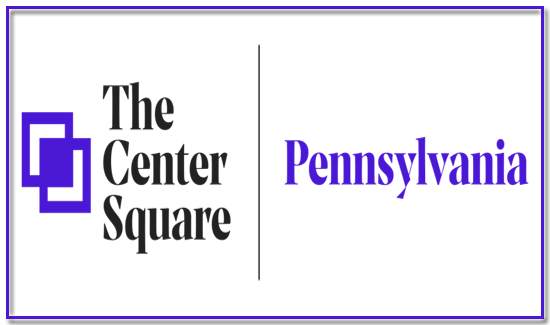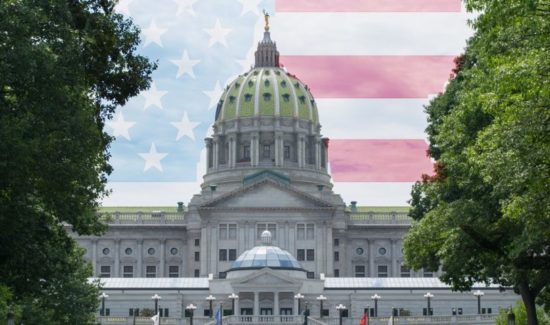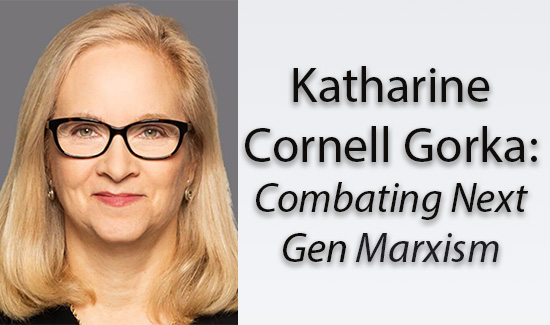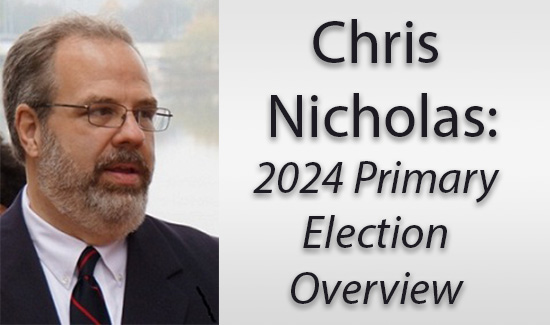Reduce Costs Before Adding New Mass Transit Taxes

Proposed legislation now before the House Transportation Committee in Harrisburg would enable specific counties to enact new taxes, surtaxes and fees to subsidize mass transit and fund transportation infrastructure.
But a new analysis by the Allegheny Institute for Public Policy says that as far as Pittsburgh Regional Transit (PRT) is concerned, that would be like putting the proverbial cart before the horse.
“This is the wrong approach given the need to align mass-transit operations and costs with post-pandemic ridership,” says Eric Montarti, research director at the Pittsburgh think tank (in Policy Brief Vol. 23, No. 17).
If approved, the legislation would, as the bill’s legislative finding notes, “enable new county-level investment options to advance transportation projects that drive local priorities.” It would apply to counties of the first class (Philadelphia), second class (Allegheny), second class A (Bucks, Delaware, Lancaster and Montgomery) and third class in a specific population range (Chester).
Those counties, if they choose, could enact taxes, surtaxes and fees on deed transfers, motor vehicles, personal income, sales and use, local services and rides originating in a county from transportation network companies (arranged through an app).
“Now, with the coming expiration of federal COVID dollars for mass transit agencies, there should be no surprise that agencies are starting to look for new money,” Montarti says, noting that that leadership at the Southeastern Pennsylvania Transportation Authority (SEPTA) in Greater Philadelphia is raising the possibility of fare hikes and service cuts once the federal money is gone.
But what about Allegheny County and PRT?
As mentioned, the proposed legislation would allow revenue to be utilized for “transportation infrastructure.”
“In 2009, Allegheny County attempted to use drink and car rental tax revenues for debt service on roads and bridges, noting that the buses used this infrastructure,” the think tank scholar reminds. “The county lost a lawsuit and abandoned the idea.
“Now, many years later, using drink and car rental taxes for infrastructure could happen.”
But ridership has yet to return to pre-pandemic levels for many mass-transit agencies. This includes PRT, where, as of February 2023, average bus and light-rail ridership are 31 percent and 63 percent, respectively, below where they stood in February 2020.
“PRT has done very little in the way of layoffs (this year’s budget added 49 employees), service reductions or utilizing smaller vehicles as a way to adjust to low ridership,” Montarti says.
And PRT’s FY 2021-22 Annual Service Report shows the cost per rider on bus was $11.94 and $33.64 for light-rail; both topped PRT’s peer group of transit agencies in FY 2020-21.
That same report notes “significant legacy costs, significant congestion, long-standing collective bargaining agreements that are difficult to change, and the region’s unique topography” as prime factors for PRT’s high costs.
“So where is the insistence on cost reductions?” asks Montarti. “How about eliminating the right of transit workers to strike and eliminating prevailing wage?
“Hopefully the General Assembly takes these into consideration before providing counties with a menu of new levies which would exacerbate issues with mass-transit spending.”
Colin McNickle is communications and marketing director at the Allegheny Institute for Public Policy ([email protected]).






